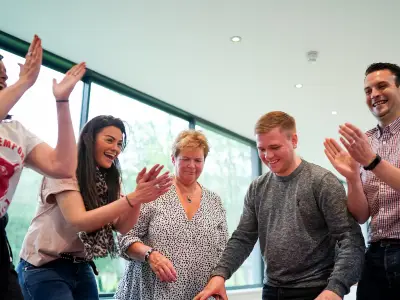7th January, 2026

16th September, 2024
Building a successful team is more than just gathering talented individuals. It requires cohesion, trust, and effective communication. However, many teams struggle with…

23rd July, 2024
Team cohesion should be the goal for any people manager wanting to achieve high performance and smash their targets. Without a cohesive team, business goals can be diffi…

20th January, 2025
When attending a corporate event, how you present yourself matters more than you might think. Your attire, behavior, and interactions can shape how others perceive you a…